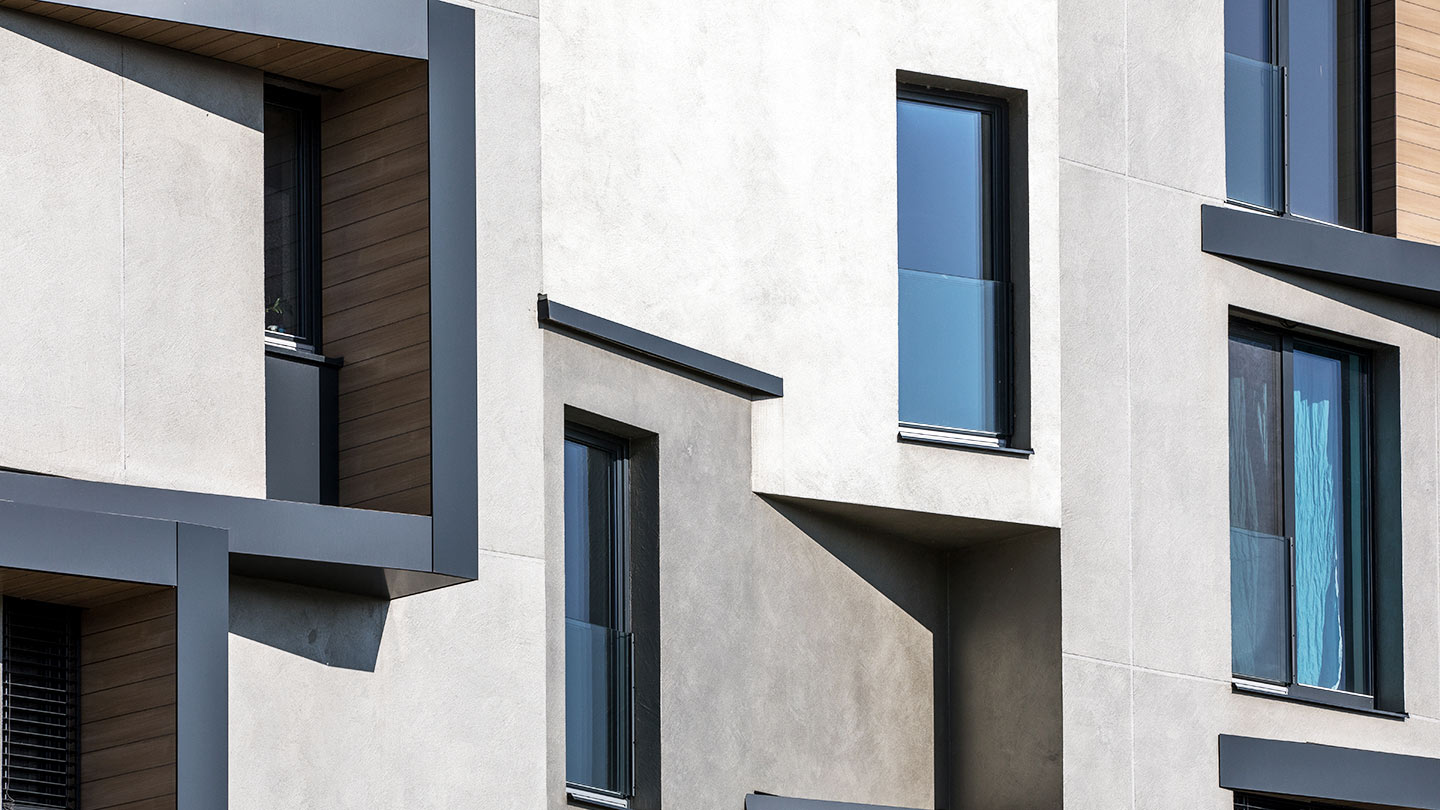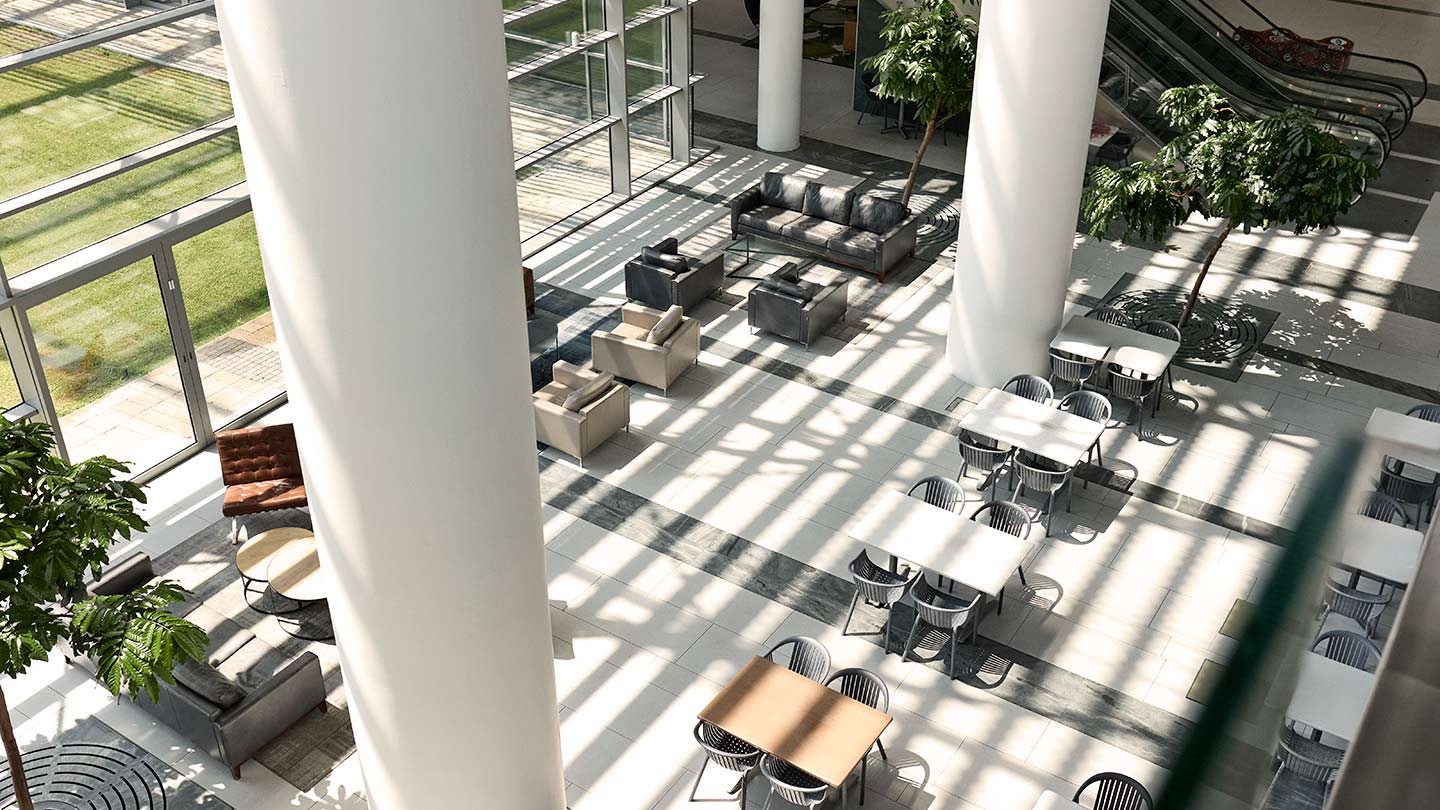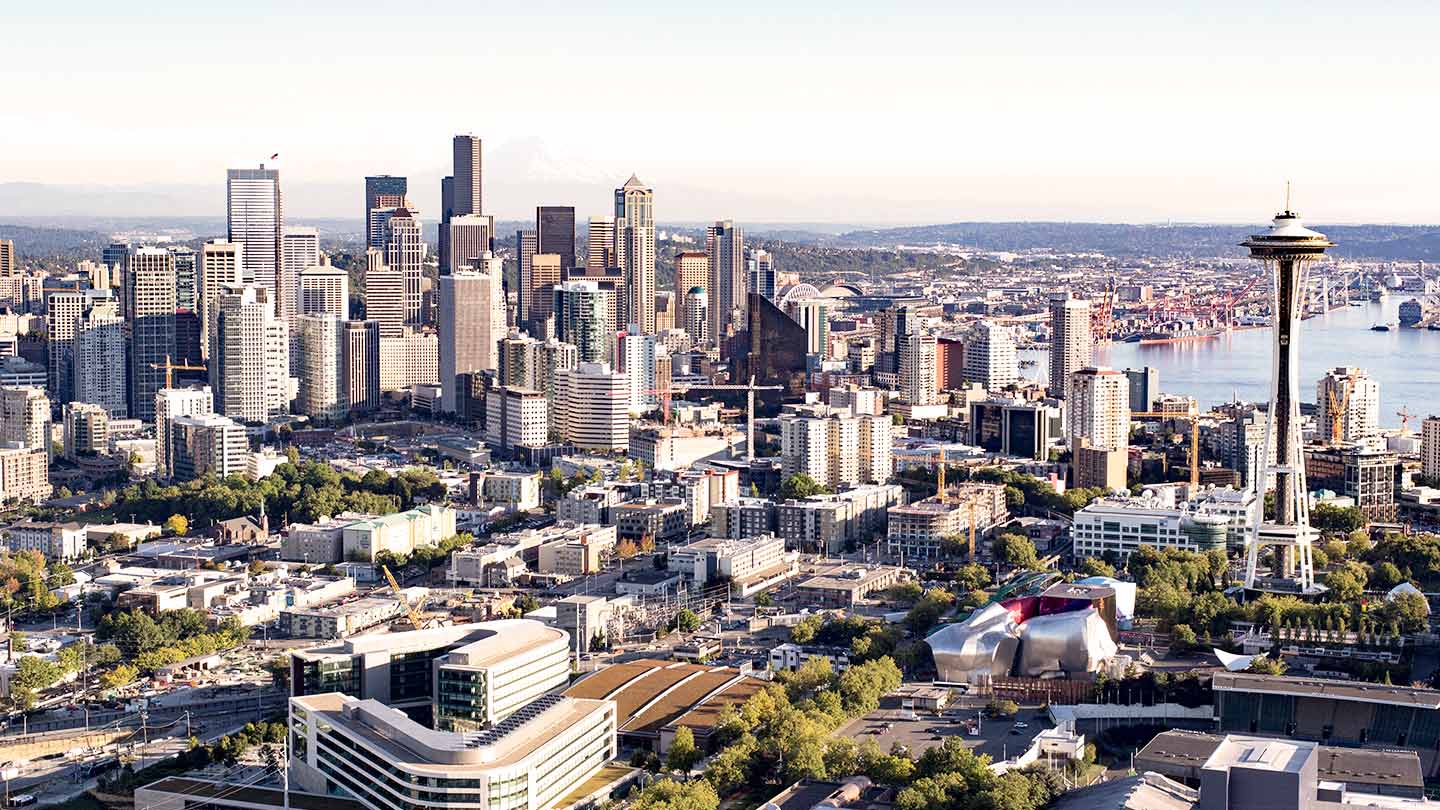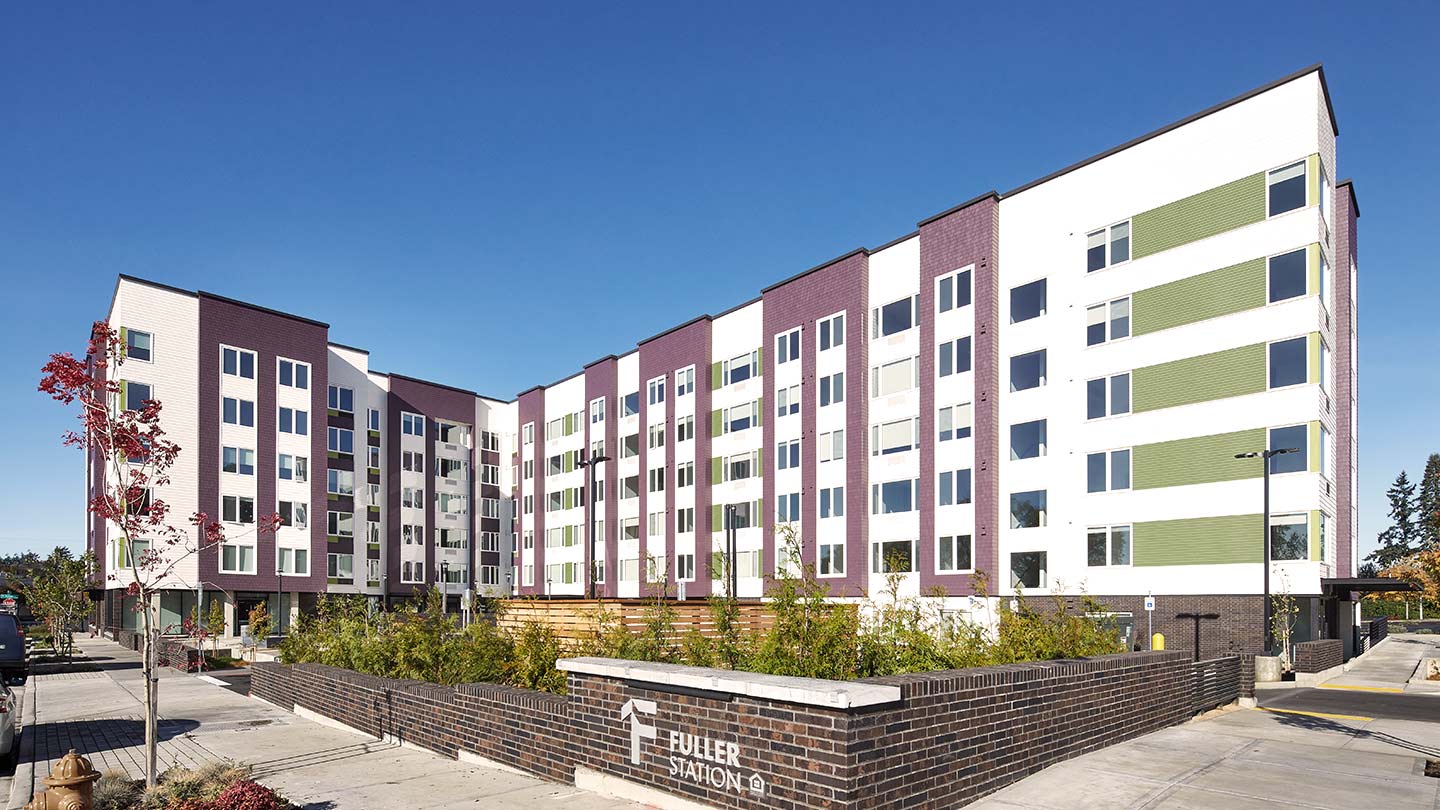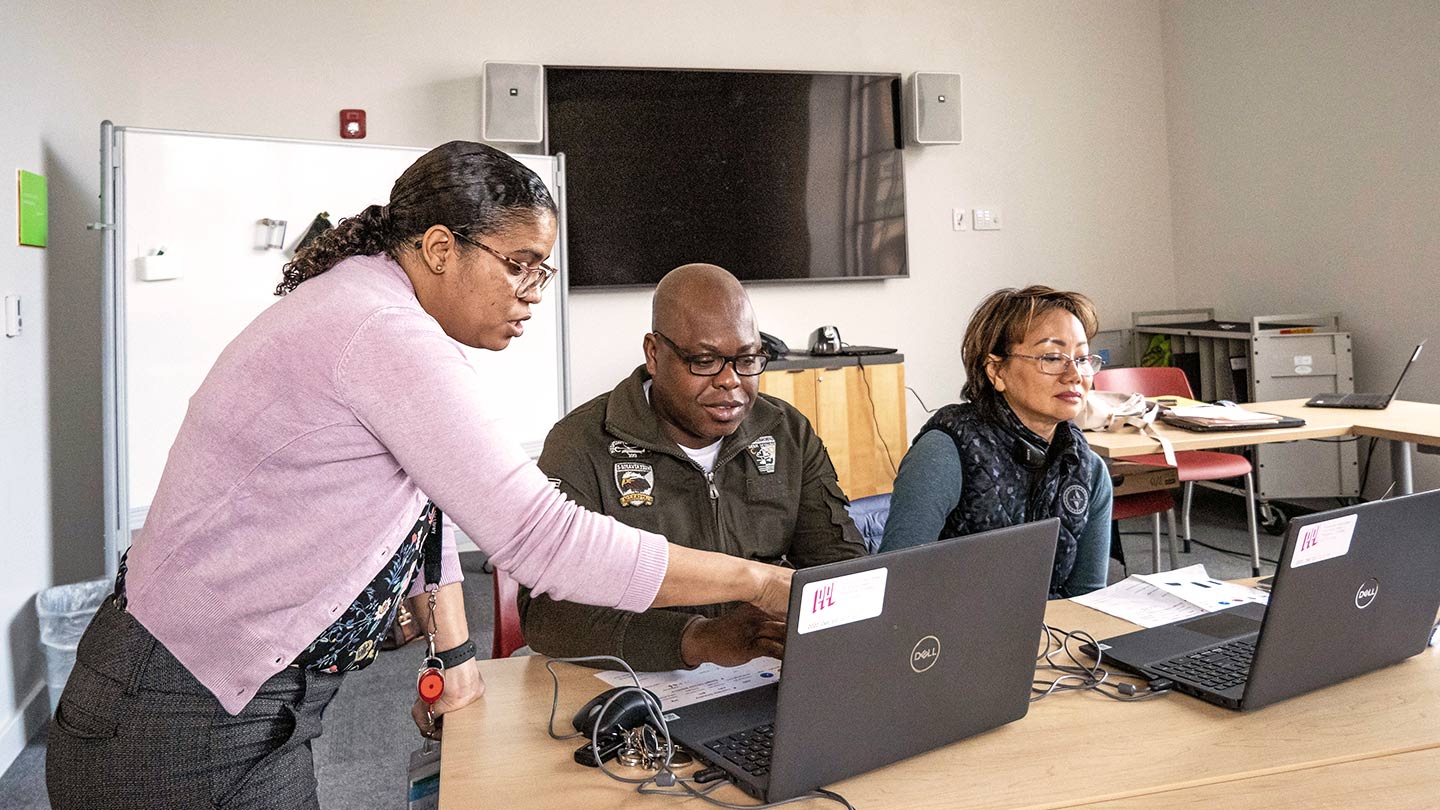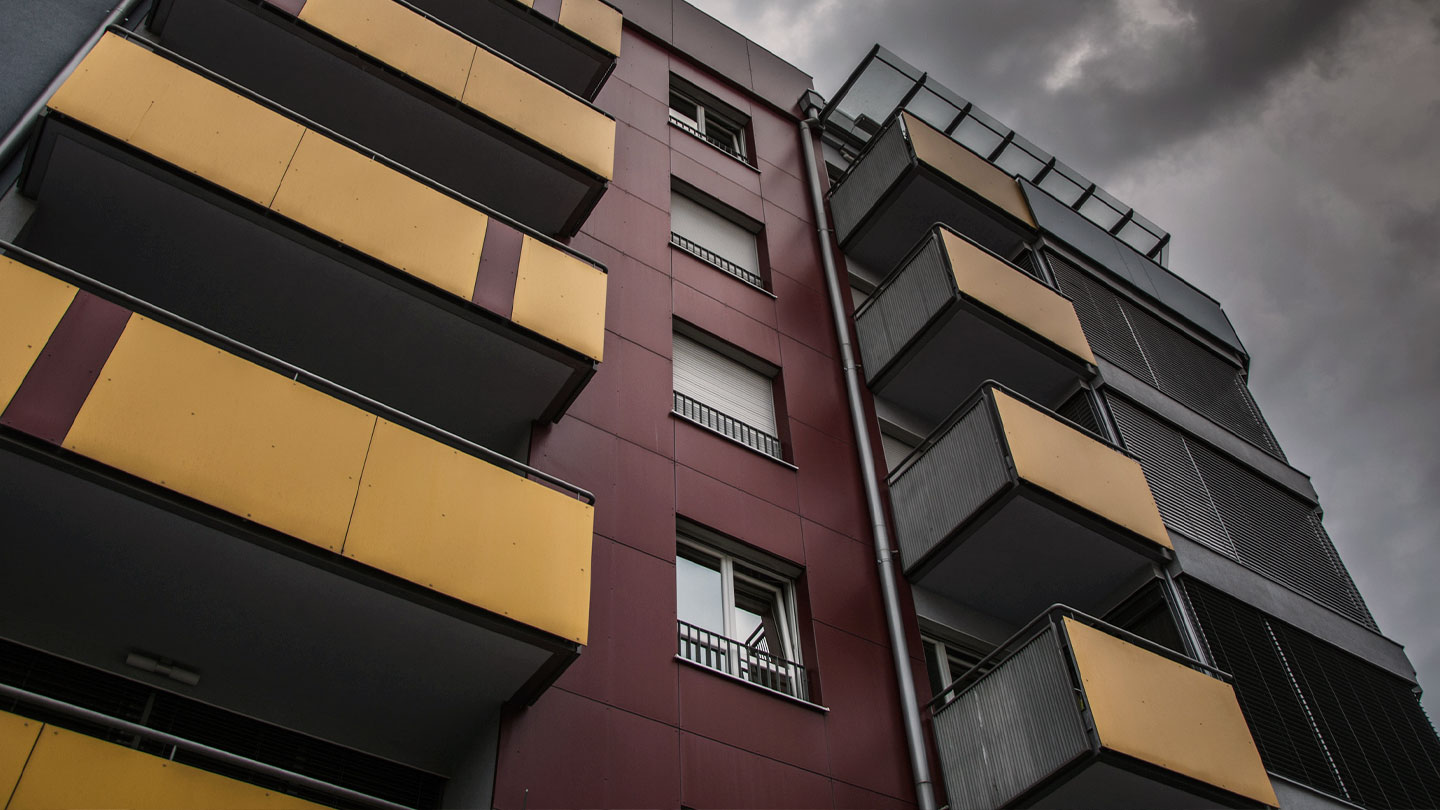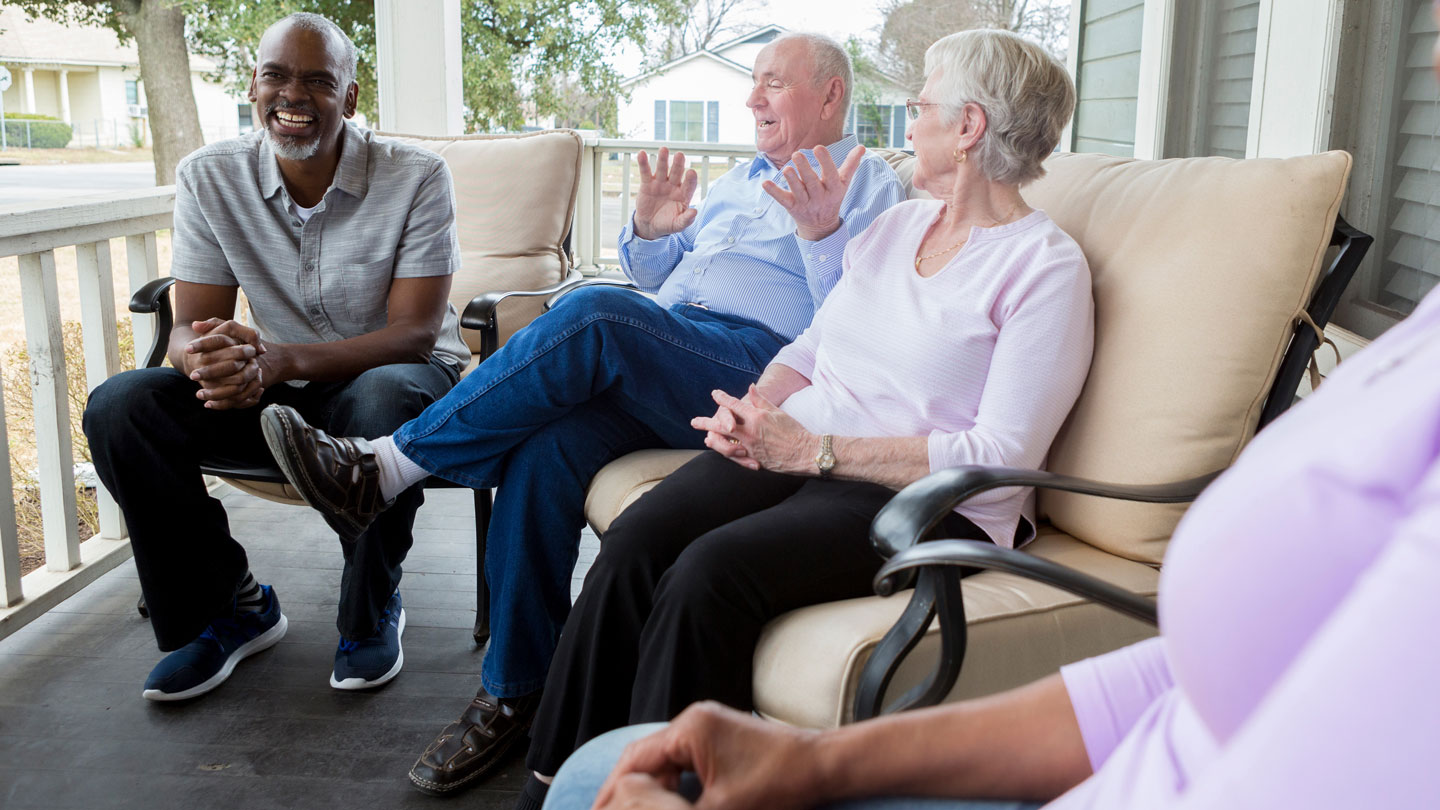
When Carlyle Smith moved from Florida to Washington, D.C. in 2011 for a job opportunity, he was determined to make the city his new home. But after five years, a series of health challenges had put him behind on his bills, and he found himself moving between homeless shelters and sleeping on floors.
On November 26th, 2019—he remembers the day very well—he boarded a city bus at 4:00 a.m., hoping to simply ride in its warmth until daylight. Around 9:00 a.m. he received a phone call asking him if he was ready to move into his new apartment.
He had almost forgotten. Three years ago, Smith had visited a rehabilitation center for homeless men after a hip replacement. When they discovered that he would have nowhere to go after being released, his case manager arranged for him to be put on a waiting list for an apartment at Milestone Senior Residences, an affordable retirement community in the area. He moved in the same day he received their call.
Smith’s story represents the challenges that millions across the U.S. face in their search for affordable housing. What’s more, the ongoing lack of affordable housing in cities and rising costs of homeownership have been leading drivers of the racial wealth gap across the nation, particularly among Black and Latinx communities.
Today, homeownership is 25% lower for Black and Latinx families than white families.1 Since home equity is one of the biggest contributors to wealth—on average, a homeowners’ net worth is 80 times that of a renter—these communities are notably hindered in building sustainable wealth.2
For Black and Latinx renters, the problem is further compounded by rising rents. According to a recent study by the Center on Budget Policy and Priorities, median rent has outpaced renter income in nearly every state since 2001, and about 23 million low-income renters are using more than half of their income on housing.3
The covid-19 pandemic has expanded these fissures in society, including disparities in healthcare and economic opportunities. “Place matters. In the U.S., place is inextricably linked to opportunity,” said Lisa Rice, president and CEO of the National Fair Housing Alliance. Housing is at the root of this opportunity, providing shelter during a pandemic or proximity to transportation, hospitals or jobs.
These disparities don’t just put a strain on families’ economic mobility, it also negatively affects the U.S. economy as a whole. In fact, according to a recent study, the racial wealth gap could cost the U.S. economy up to $1.5 trillion by 2028.4
“Eliminating the racial wealth and homeownership gaps is not just a moral imperative; it is an economic imperative,” said Rice. “We must do this for the good of families that have been locked out of the opportunities they need to thrive for too long. We must also do this for the greater good.”
Breaking down barriers
A deep history of systemic barriers has caused Black and Latinx households to experience housing instability at much higher rates than their white counterparts.5 Even with federal laws in place like the Fair Housing Act of 1968—meant to protect people from various forms of discrimination when renting or buying a home—racial inequality in housing markets persists.
The problem, says Rice, is that there are insufficient resources to enforce these laws and ensure compliance. And often, that discrimination is so subtle or beyond view that people don’t even realize they are experiencing unfair treatment. For example, technologies used in housing and lending transactions such as tenant screening algorithms and credit scoring systems can unintentionally perpetuate bias against people.
“Because discrimination has been so entrenched in our nation, we are now dealing with systemic barriers that present impediments to fair housing,” Rice notes, citing residential segregation—a byproduct of racially restrictive covenants, real-estate steering and blockbusting—as a prominent example. “Segregation is the bedrock of all inequality. This separate and unequal environment has created communities that abound with opportunities juxtaposed to those that are deprived of resources.”
Policy issues such as single-family residential zoning can also affect Black and Latinx families and low-income families at higher rates because they’re statistically more likely to be renters or live in multi-family households. “If an entire neighborhood is zoned single family, it is excluding a whole group of people that just cannot afford to live in that community,” said Robin Hughes, president and CEO of Abode Communities, a nonprofit social enterprise that creates affordable housing and socially-beneficial community facilities to promote the transformation of underserved communities.
The call to action
Creating more pathways to inclusive affordable housing and closing the racial wealth gap has to start with breaking down systemic barriers. For this to happen, it needs to be tackled from multiple angles, and collaboration among businesses, government and community leaders is key.
Buy-in from community leaders and the public sector is the first step. Government leaders will need to consider policy reforms that increase funding for rental assistance and housing vouchers. The Federal Housing Administration will need to modernize how it originates and services home loans.
Currently, no state in the U.S. has an adequate supply of affordable housing. To address this shortage, the private sector will need to make more investments in affordable housing and community development projects and financial institutions will need to support these efforts by committing to home lending and increasing access to safe and sustainable mortgages for Black and Latinx borrowers with low incomes.
“It needs to be a collaborative effort. Government investment and public policy drives affordable housing development, but corporations play an important role in bringing conventional business tools to the table to complete development funding.” said Alice Carr, head of community development banking at JPMorgan Chase. “It’s good business to invest in the health of the communities and people you serve,” Carr said.
This past October, JPMorgan Chase announced a new long-term commitment to reduce systemic racism and advance racial equity. The cross-business commitment pledges $30 billion over the next five years to provide economic opportunity to underserved communities, especially the Black and Latinx communities. This includes $8 billion for new home purchase loans for Black and Latinx households, $14 billion dedicated to financing 100,000 additional affordable rental units, and up to $4 billion in refinance loans to help Black and Latinx families achieve lower mortgage payments.
“Our senior leaders across the firm came together to identify the challenges these underserved communities face. We assessed the financial solutions we have already been providing, and leaned in to create a business commitment that would bring the biggest impact,” Carr said.
These efforts can have tremendous ripple effects. “If we significantly reduce just the Black and White racial wealth and homeownership gaps alone, we will add over $1 trillion to the U.S. economy and that economic boost will grow exponentially,” said Rice. “Reducing the wealth and homeownership gaps for Latino, Asian American and Native American families increase that growth by well over 100 percent. Eliminating the racial wealth and homeownership gaps will help the greater society.”
A safe home for every American
There’s a lot of work to do to solve the affordable housing crisis and close the racial wealth gap. “We have lofty goals, but we can reach them,” Rice said. “Money is critical but so are the right policy solutions—at both the federal and state levels—as well as fair housing advancement and programs to support sustainable and affordable homeownership.”
Today, because of inroads made possible by organizations like JPMorgan Chase and Abode Communities and its allies, Carlyle Smith no longer has to worry about finding a place to sleep. “I can wake up and have something to eat,” he says. “I can change into clean clothes every day.” Today, he’s looking forward to the spring, when his daughter and grandchild plan to visit him at Milestone Senior Residences.
“There are hundreds of those types of stories—affordable housing really provides people with hope and a chance to transform their lives,” said Hughes. “It is why I do this work.”
Sponsored content produced in partnership with The Washington Post

